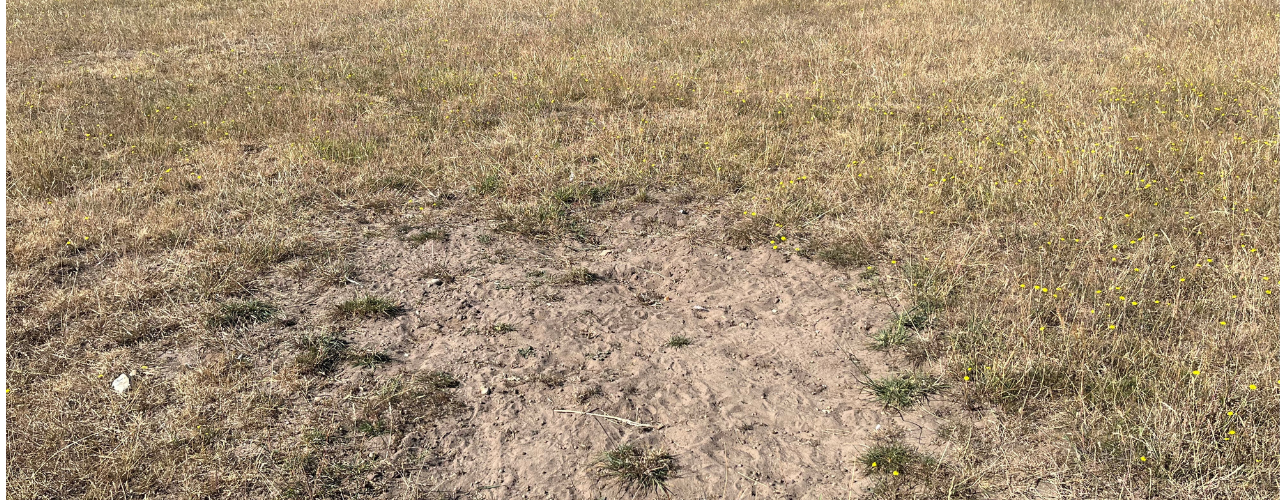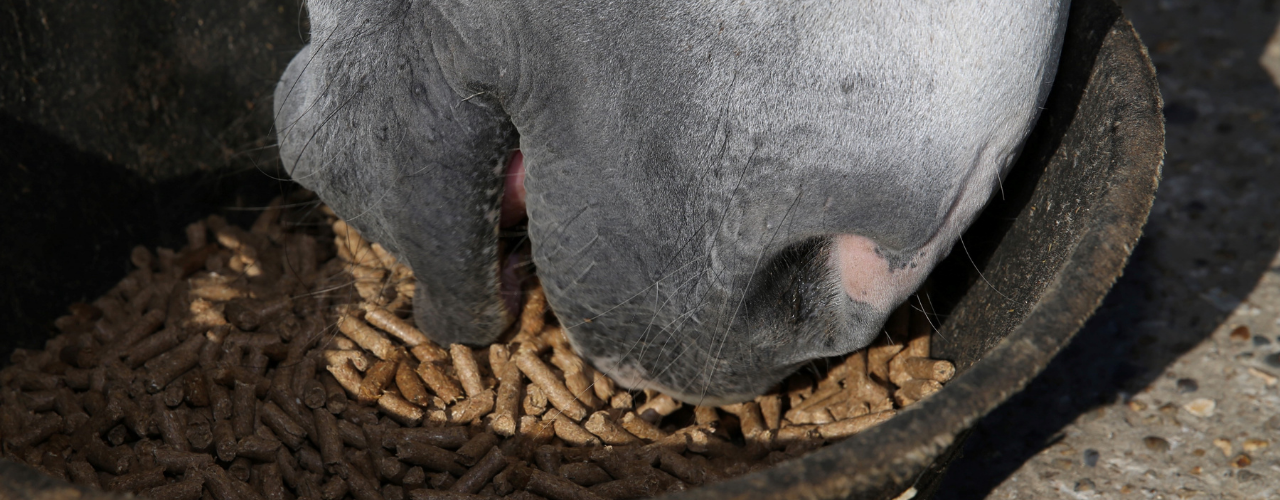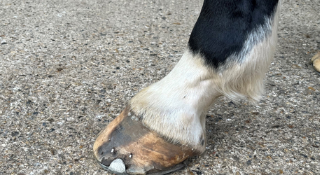
Be sand colic savvy
Keeping your horses on light sandy soil can mean less mud in the winter and easier paddock maintenance come the spring but with it...
13 July 2022
Read More
Choke is no joke
Choke is the obstruction of oesophagus – usually by food. It can be frightening to witness but thankfully many cases of choke will resolve quite quickly without any intervention.
Signs of choke
Your horse may stretch his head out, cough and look distressed. This is because food or a foreign body has become stuck in his oesophagus (not windpipe).
You are also likely to see saliva and food material coming out of your horse’s nostrils because the blockage isn’t allowing it to pass down through the digestive tract.
What to do if your horse has choke
Try not to panic. Take away all food and water and keep your horse quiet and relaxed. The blockage may pass of its own accord with no intervention as the horse’s constant production of saliva softens the material that is stuck.
If the episode of choke has lasted for more than 30 minutes, it’s important to call your vet who may need to sedate your horse and administer an anti-spasmodic drug to help the blockage pass into the stomach. In more severe cases further investigations may be needed such as the insertion of a nasogastric tube to identify where the obstruction is and flush it out with water.
The good news is that most cases of choke are usually resolvable on site by your vet.
How to reduce the risk of choke
References
https://www.ed.ac.uk/files/imports/fileManager/dvepfactsheet-choke.pdf
https://ker.com/equinews/four-ways-prevent-choke-horses/
accessed 21 February 2022
MM-19249

Keeping your horses on light sandy soil can mean less mud in the winter and easier paddock maintenance come the spring but with it...
13 July 2022
Read More
The fetlock is a hard-working, high motion hinge joint. It is the meeting point of the cannon bone, proximal sesamoid bones and th...
20 June 2022
Read More